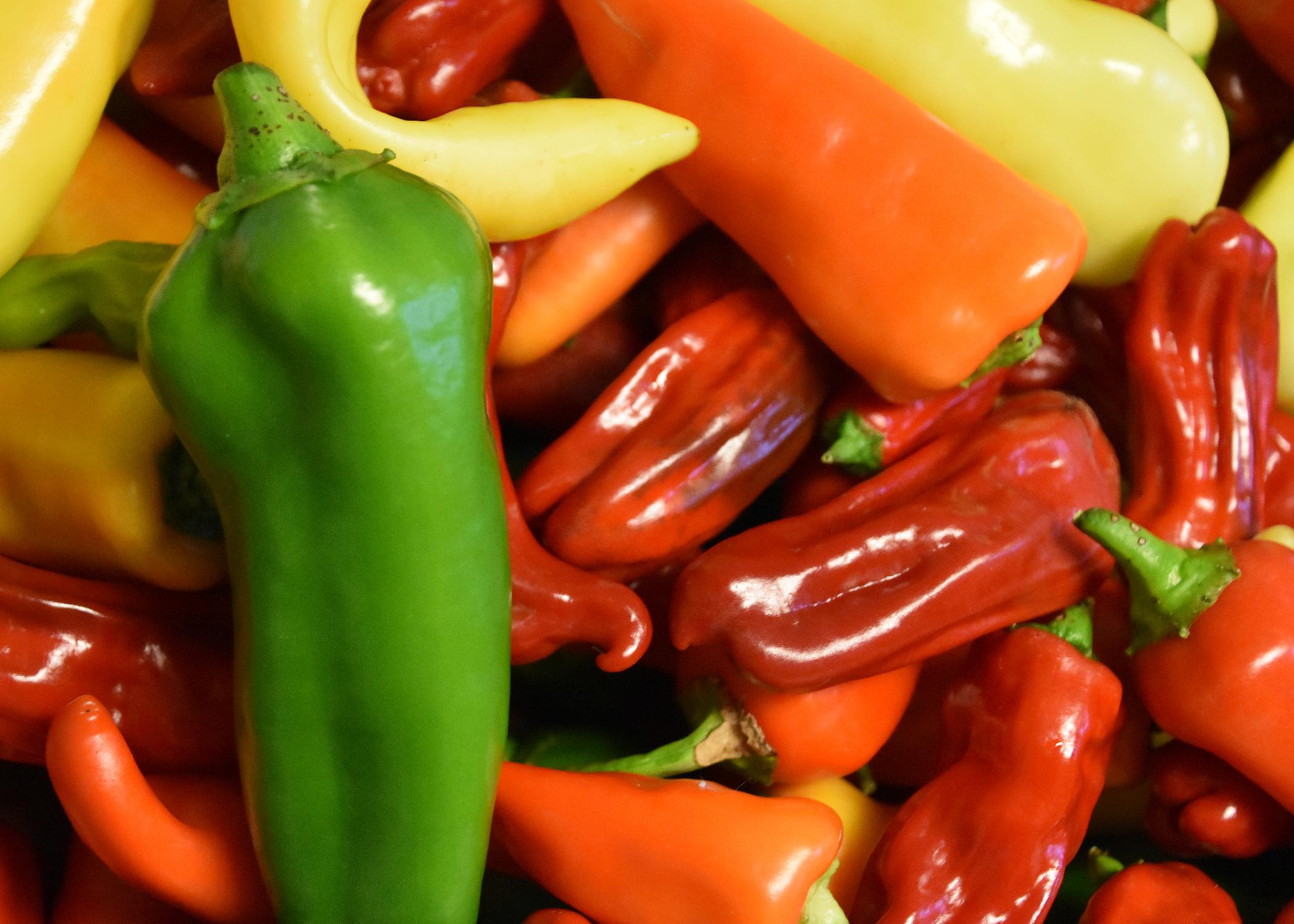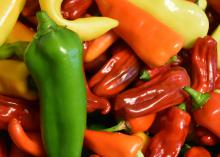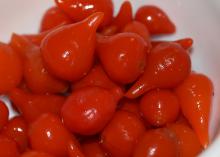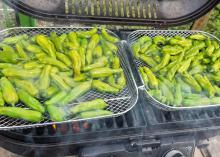Information Possibly Outdated
The information presented on this page was originally released on July 27, 2020. It may not be outdated, but please search our site for more current information. If you plan to quote or reference this information in a publication, please check with the Extension specialist or author before proceeding.
Peppers withstand heat and humidity
It’s the end of July, and much of my vegetable garden is a distant memory due to the summer heat and humidity. But I’m always encouraged by the production I enjoy from my pepper plants.
I marvel at the way these plants seem to laugh at the heat and produce fresh peppers all the way to frost in the fall.
There really isn’t anything better than picking fresh peppers from my home garden. I guess that’s true for all of our garden vegetables.
The options for growing peppers are endless. I personally grow a wide variety, ranging from sweet to rather spicy peppers. I used to grow and enjoy the weapons-grade, super-hot varieties like Ghost, Trinidad Scorpion and Carolina Reaper, but I guess I’ve gotten smarter as I’ve gotten older.
I watch the cooking shows looking for ideas not only for recipes but also for new, trendy vegetables to grow.
This year, I’m growing a superb group of peppers that are changing my thoughts about an already versatile fruit. Yes, a fruit. Although its classified as a vegetable, a pepper contains seeds, making it a fruit.
A fun little pepper I’m growing for the first time is the biquinho red, commonly called Brazilian Little Beak. This small pepper has a pointed shape that starts out pale yellow and transitions to bright red. It has a mild heat profile that I enjoy pickled and used as a playful garnish.
A popular pepper to grow is the Fresno pepper.
Taste-wise, a Fresno is similar to a jalapeño, but it has a smoky flavor note to me. The peppers are 2 to 3 inches long and about an inch in diameter. As they transition from glossy green to bright red, they tend to increase in heat level. The peppers are cone-shaped, and many will be slightly curve.
Another popular pepper I’m growing is the shishito. This is an old Asian variety that is thin-skinned and about 3 inches long. Shishito peppers are mild, but one in 10 is randomly hot and can be a pleasant surprise. I first enjoyed these peppers at Chef Morimoto’s restaurant in Orlando, where they were flash fried. The wrinkly skin made them perfect for holding onto the peanut dipping sauce.
I’m growing an improved shishito hybrid called Mellow Star. This is a shishito crossed with sweet red pepper that is deliciously mild and sweet. I like to wait until these peppers display their bright, glossy skin before harvesting.
One of the best peppers I continue to grow in my home garden is Giant Marconi.
This is an elongated, Italian sweet pepper selection that tastes great with no heat. It produces up to 8-inch-long fruit that have a smoky flavor without the need for the grill. I think they taste best when fully bright red.
Giant Marconi is an All-America Selection winner that produces strongly through the heat and humidity of our Mississippi summers.
It’s too late to start from seed this season, but I’ve noticed that garden centers have a nice supply of transplants that will still bear a late-season pepper crop.







